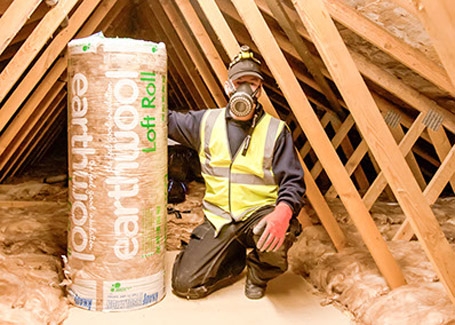Retrospective planning permission in the United Kingdom refers to the process by which property owners seek approval for developments or alterations that have already been completed without prior planning permission such as loft conversions, kitchen extensions, home offices, swimming pools, conservatories, garages, side extensions and more.
In some cases, if you are working on a building project from scratch, or doing a big renovation, you may make slightly amendments, with the hope of it being approved retrospectively. This can be a risky game, because if it is not approved, you could be forced to remove the new room, renovation or building and this will be costly and timely.
While it is generally advised to obtain planning permission before commencing any construction or modification, there are instances where individuals may carry out work without the necessary approval. In such cases, retrospective planning permission becomes a potential avenue to legalise the changes.
Why Do I Need to Make Retrospective Planning Permission?
The need for retrospective planning permission often arises when property owners either misunderstand the planning regulations, believe their project falls within permitted development rights, or simply choose to proceed without seeking approval (again, very risky!).
Local planning authorities in the UK, which are responsible for overseeing development in specific areas, are tasked with assessing retrospective planning applications. They may reach out to you asking for retrospective planning permission if they see some work undertaken which they are not fully happy about. Your building work could be impacting the natural light and space of surrounding neighbours and things like green belt. Alternatively, you can always reach out to the local planning authorities yourself.
Start By Submitting a Retrospective Planning Application
The first step in the process is for the property owner to submit a retrospective planning application to the relevant local planning authority. This application should include detailed plans and documents outlining the development or changes made to the property. It is crucial for the applicant to provide a comprehensive explanation for the retrospective nature of the application, addressing any reasons why planning permission was not sought beforehand.
It can take 8 to 13 weeks to get a response directly or through the register.
Local Planning Authority Will Assess The Case
Once the application is submitted, the local planning authority will assess it in a manner similar to standard planning applications. The authority will consider factors such as the impact of the development on the local environment, compliance with planning policies, and any objections or concerns raised by neighbouring residents or other stakeholders.
With or Without Conditions
In cases where the retrospective application is deemed acceptable, the local planning authority may grant planning permission with or without conditions. Conditions may be imposed to mitigate any negative impacts of the development or to ensure compliance with specific planning policies. It is essential for the property owner to adhere to these conditions to avoid any legal consequences.
If Refused
However, if the local planning authority decides to refuse the retrospective planning permission, the property owner may be required to revert the property to its previous state, undoing the unauthorised development. In some cases, enforcement action may be taken by the local authority to compel compliance.
It is worth noting that obtaining retrospective planning permission does not guarantee that the development will be approved. The local planning authority will still assess the application based on planning regulations and policies. However, demonstrating a genuine effort to rectify the situation by seeking permission retroactively may be viewed favourably during the assessment process.
Be Aware of Limitations
Property owners should be aware that there are limitations to retrospective planning permission, and not all developments may be eligible for approval after the fact. Certain types of developments, particularly those that significantly deviate from planning regulations, may face greater challenges in obtaining retrospective permission.
In conclusion, retrospective planning permission in the UK provides a pathway for property owners to legalise developments or alterations that have been carried out without prior approval. However, it is a complex and often uncertain process that depends on the specific circumstances of each case. Seeking professional advice and engaging with the local planning authority transparently can improve the chances of a successful retrospective planning application.


